The meaning of the name ‘Jew’, is a person who is a member of the people and cultural community whose traditional religion 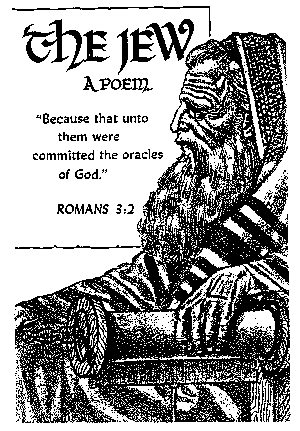 is Judaism. The religion of Judaism and the Old Testament (Old Law) was the precursor to modern Christianity and the New Testament (New Law). The word Jew is derived from the Hebrew yĕhūḏī , from yĕhūḏāh ‘Judah.’
is Judaism. The religion of Judaism and the Old Testament (Old Law) was the precursor to modern Christianity and the New Testament (New Law). The word Jew is derived from the Hebrew yĕhūḏī , from yĕhūḏāh ‘Judah.’
In my last article on the tribe of the Umbri, I had explained how these people had settled in the Tuscany area of Italy, approximately 1,500-500 years before the building of Rome. They are said to be some of the most ancient people in all of Italy and the first descendants of Japheth, by Gomer to populate these regions of the world. They went by various names such as the Ombri, Kymry and Celts. It is said that from the stock of the Umbri, the Latins, Samnites, Sabines, Marsi, and many other countries would be born and who then be united as one nation under the Roman Confederacy and the Universal Church (Catholic Church). Hence, my theory is that they would be one of the first Jewish converts to Universal Brotherhood.
The reason why I believe that the tribe of Umbri are so important to Roman Catholic Church, is because they helped form the beginnings of the Roman Republic around the turn of this 6th Age in the 1st-8th centuries. They were one of the first tribes to give up many of their old tribal customs and long-lasting blood relations to become a Universal Brotherhood based on merit under the banner of the Roman Confederacy. Instead of the rule of the tribe and blood, it would now be the rule of law and merit.
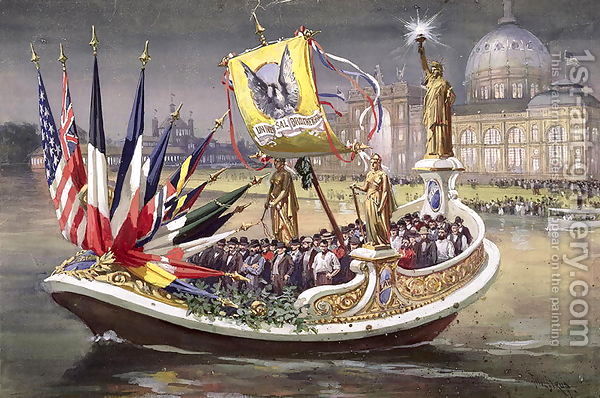 Hence, from then on in Rome their goal was to set policies forth, stating that being a blood relative was no longer a free pass to holding power in the priesthood and/or government as it was under the Old Law of the Old Testament. It would now also be based on merit and the work you put in for this new Universal Brotherhood which would include both Jews and Gentiles.
Hence, from then on in Rome their goal was to set policies forth, stating that being a blood relative was no longer a free pass to holding power in the priesthood and/or government as it was under the Old Law of the Old Testament. It would now also be based on merit and the work you put in for this new Universal Brotherhood which would include both Jews and Gentiles.
Evidence of the old Judaic religion of the Umbrians can still be witnessed to this very day in the Tuscany area of Italy at the top is La Schieggia. On Monte Petrara are remains of the temple of Jupiter Apenninus, the central shrine of the old Umbrian national religion, in which Jove, also known as Jupiter and Yahweh of the Old Testament was the supreme God. Please also note that Monte Petrara is very similar to the lost rock city, Petra that represents Zeus Peter (Ju’Piter/Ju-Peter), or in English, Peter which means “the rock” or “the father.” Petra was also known as “The Rose Red City of Esau.”
Author Louis Simond in his book, “A Tour in Italy and Sicily,” describes this region and how the Umbrians and their descendants had dedicated the highest summits to omnipotent Jove (Jupiter, Zeus, Yahweh or Adonai ), and built temples, or simply altars;
“Along the horizon from east to north, Mount Gennaro, a high conical mountain, marks the country of the Sabines, and recalls the brutal courtship of the Romans, and their first marriages. The celebrated Tibur (Tivoli) appears to be on the southern slope of Mount Gennaro, although in reality much nearer the eye; and all the places described by Horace lie hid in the recesses of these mountains, their ancient names but little altered. Lower than Tibur, ruins, extending for miles over the plain, mark an imperial villa; it was Adrian’s, who seems to have had the whimsical idea of uniting there imitations of the finest edifices then in existence.
Still following the horizon towards the north along the snowy ridge of the Apennine, Mount Soracte rears its high insulated cone over the plain of Erruria, separated by the Tiber from the country which the Romans called Lutium Novum. The ancient inhabitants of the Apennine dedicated the highest summits to omnipotent Jove, and built temples, or simply altars, on the heights, where they met for political as well as sacred purposes.
What I have found interesting in my research into the Umbrians, is that they appear to have come to Italy from the island of Crete which was once the center of the Minoan civilization (c. 2700–1420 BC). Crete was well-known as the birthplace of the modern arts we see today and is currently regarded as the earliest recorded civilization in Europe. It is one of the thirteen administrative regions of Greece. Crete was first referred to as Kaptara in texts from the Syrian city of Mari dating from the 18th century BC. Mari was also an ancient Sumerian and Amorite city.
Crete is best known in ancient mythology as a place connected with the ancient Greek Gods: such as Zeus who was born on Crete in a cave at Mount Ida, which also happens to be sacred to the Greek Titaness Rhea, who is also the mother of Zeus. The Romans had called her in Latin, “Magna Mater.” Rhea’s husband and father is Cronus or Saturn. The second largest moon of the planet Saturn is named after her. Rhea was originally worshiped in Crete, where according to myth, she saved the new-born Zeus from being devoured by Cronus, by substituting a stone for the infant god and entrusting him to the care of her attendants, the Priests of Curetes.
The role of the Curetes is explained in, “Bibliotheca Classica: Or, A Classical Dictionary, ” by John Lemprière;
The name Curetes is also applied, in a religious sense, to a class of priests in the island of Crete, who would seem, however, to be identical with the early inhabitants already spoken of. To them was confided by Rhea the rare of Jupiter’s infancy, and, to prevent his being discovered by his father Saturn, they invented a species of Pyrrhic dance, and drowned the cries of the infant deity by the clashing of their arms and cymbals.
According to Diodorus Siculus, the Curetes lived in the Time of Rhea. There also appears to be connections between the Curetes, with the Phoenicians, Druids, Sabines, the Goat Amalthea, Jupiter, Europe and the beginning of secret societies in the West. In the 19th century book, “Bibliotheca Classica: Or, A Classical Dictionary,” By John Lemprière, he details these ties;
the Curetes were the ancient priesthood of that part of Europe which lies in the vicinity of Asia, and resembled’ the Druids among the Celts, and the Sali among the Sabines, as well as the sorcerers and jugglers of Lapland, Nigritia, Hence he infers, that it would be idle to seek for their native country, since we find this class of priests everywhere existing where popular belief was based on gross superstition.
The most celebrated college of these jugglers would lie in Crete. (Hist, de la Republ. Horn, de Salluste retablie, vol. 2. p. 561, in not is.) But whoever they may have been, one thing is certain, that the Curetes exerted themselves successfully to civilise the rude inhabitants of Crete. (Compare Servius, ad Virg. jEn. 3. 131.—” Curetes primi cultores Cretae esse dicuntur.”) They taught them to keep flocks and herds, to raise bees, to work metals. They made them acquainted also with some of the leading principles of astronomy. (Theon. ad Arat. 1. 35.)
To the Curetes, too, must no doubt be attributed what is said of Melisseus, the first king of Crete, that he was the first to sacrifice to the gods, to introduce new rites and sacred processions unknown before his time; and that his daughter Melissa was the first priestess of the Mother of the Gods. (Laclant. dir. Inst. 1. 22. 19.) Melisseus, whose daughters Amalthea and Melissa nourished the infant Jupiter with milk and honey, was of necessity contemporaneous with the Curetes, and may be regarded without doubt as one of them.
In a word, so well grounded a reputation did the Curetes leave behind them, that, in process of time, it became customary in Crete, when an inhabitant of the island had rendered himself conspicuous by talent or acquirements, to call him, as is proved by the example of Epiraenides, a new Curete, or simply a Curcte. (Plut. Vit. Solon. &k—Diog. Laert. 1. 114.) The title of Tqytvus, or “children of the earth,” also given to the Curetes (Diod. Sic. 5. 65.), and likewise that of ” Companions of Rhea” (Strabo, 10. p. 465, ed. Casaub.’), suffice to prove that they worshipped this divinity. The founders of Cnossus, they raised in that city a temple, and consecrated a prove, unto the Mother of the Gods. (Diod. i’ic. 5. 66.—Syncell. Chron. p. 125.)—For other remarks on the Curetes, consult Sainie-Croix, Mystires du Paganisme, vol. 1. p. 71, seqq.]
In studying the etymology of the name ‘Curetes,’ it appears to be derived from the Greek ‘kor,’meaning cross or logos for the symbol of God. The name of the island of Crete may also be derived from Creta or Cor-eta (Kor-eta). In my previous article, I had written that the Thracian poet, Eumolpus, who is also the founder of one of the oldest secret societies on earth called the “Eleusinian Mysteries” had said the phrase, “Kors OM nAH.” The old word ‘kors’ is now the English word ‘cross’ which in the various languages is spelled: in Italian, croce; cors; Gothic, kross; French, croix; Welsh croes; and in Latin, crux.
 The cross represents the symbol of God as seen in the Septuagint; the term logos is used for the word of God in the creation of heaven in Psalm 33:6. The mantra “OM or AUM” is the name of God; the vibration of the Supreme, and the Hindus regard ‘om’ as a sacred mystic syllable; considered the most sacred mantra. The word Bri is derived from the Hebrew Bris or Berith, which is the Jewish rite of circumcision performed on a male child on the eighth day of his life. In Old-Irish, the word Bri also denotes a hill. I believe the name to mean, “People of God on the Hill,” or possibly “God Hill” to signify the biblical Mount Sinai which was the place where Moses received the Ten Commandments.
The cross represents the symbol of God as seen in the Septuagint; the term logos is used for the word of God in the creation of heaven in Psalm 33:6. The mantra “OM or AUM” is the name of God; the vibration of the Supreme, and the Hindus regard ‘om’ as a sacred mystic syllable; considered the most sacred mantra. The word Bri is derived from the Hebrew Bris or Berith, which is the Jewish rite of circumcision performed on a male child on the eighth day of his life. In Old-Irish, the word Bri also denotes a hill. I believe the name to mean, “People of God on the Hill,” or possibly “God Hill” to signify the biblical Mount Sinai which was the place where Moses received the Ten Commandments.
These ancient facts place the Umbrians in a crucial role in helping merge the Greek, and Egyptian empires into the Roman Confederacy. The island of Crete was important to the Umbrians because this was their original homeland where they had learned the arts of metal and who would then be known as the “Sons of Cain.” Crete may also be the birthplace of modern written history; where the greatest of all Greek Gods, Zeus was born and also where the original “city of Mari” of the Ancient Sumerians and Amorites, who in the Bible refer to certain highland mountaineers who inhabited the land of Canaan, described in Genesis 10:16 as descendants of Canaan, son of Ham. (Wikipedia)
This would be another factual connection to the Umbri with the biblical Amorites since they had also inhabited the highlands,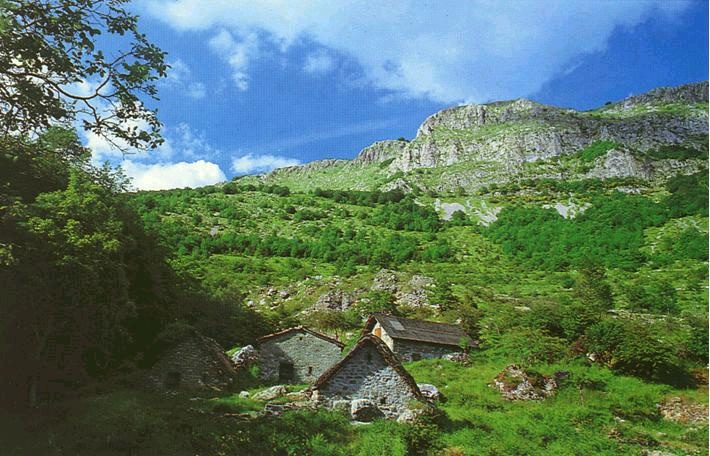 but instead of that of the ancestors in Crete, they occupied the highlands of Tuscany, Italy. It is quite possible that from Amorite we derive ‘Om-orite
but instead of that of the ancestors in Crete, they occupied the highlands of Tuscany, Italy. It is quite possible that from Amorite we derive ‘Om-orite
The Babylonians called this area Syria-Palestine “the land of the Amorites.” Hence, before Crete was a member of the Greek nation, it appears that it may have been a nation of Syria (Assyria). We now have science to help support my theory, because as I said above, Crete was first referred to as Kaptara in texts from the Syrian city of Mari dating from the 18th century BC which was known as an ancient Sumerian and Amorite city, and also some of the earliest Cretan seals are very similar to the seals which have been found in Syria from approximately the 6th millennium BC.
We also have the stories in the bible such as in Numbers, when Moses sends messengers to the king of Edom for leave to pass through his territories. (Numb, Xx, 14) The Israelites are defeated by Arad king of the Canaanites (Numb, xxi, 1) and the king of Sihon, having refused to allow the Israelites a free passage through his territories, is defeated.
Israel smote him with the edge of the sword, and possessed his laud from Arnon unto Jabbok, even unto the children of Ammoii: for the border of the children of Amnion was strong. And Israel took all these cities: and Israel dwelt in all the cities of the Amorites, in Heshbon, and in all the villages thereof.
Thus Israel dwelt in the land of the Amorites.
The Amorites of the bible may very well be the Umbrians of Europe who had liked to settle their communities for living, religious and political customs in high places in the mountains wherever they had lived for security purposes. But they would also have cities and several ports near the sea for trade and raids. In addition to these ancient connections to the Old Testament, the Amorites and the Land of Canaan, in my article on the Umbri I had explained that during the reign of Augustus Caesar, four Umbrian aristocrats became senators and or emperor.
One of these Umbrians was named Nerva (Latin: Marcus Cocceius Nerva Caesar Augustus; 8 November, 30 AD – 27 January, 98 AD), who became the thirteenth Roman Emperor from 96 to 98. His ancestors had come to Italy by way of Crete which was one of the thirteen administrative regions of Greece. Hence, he we was the “13th Roman Emperor” whose family had hailed from one of the thirteen administrative regions of Greece.” These facts must play a crucial role with the Umbrians whose symbol was a rose in the creation of the Roman Empire.
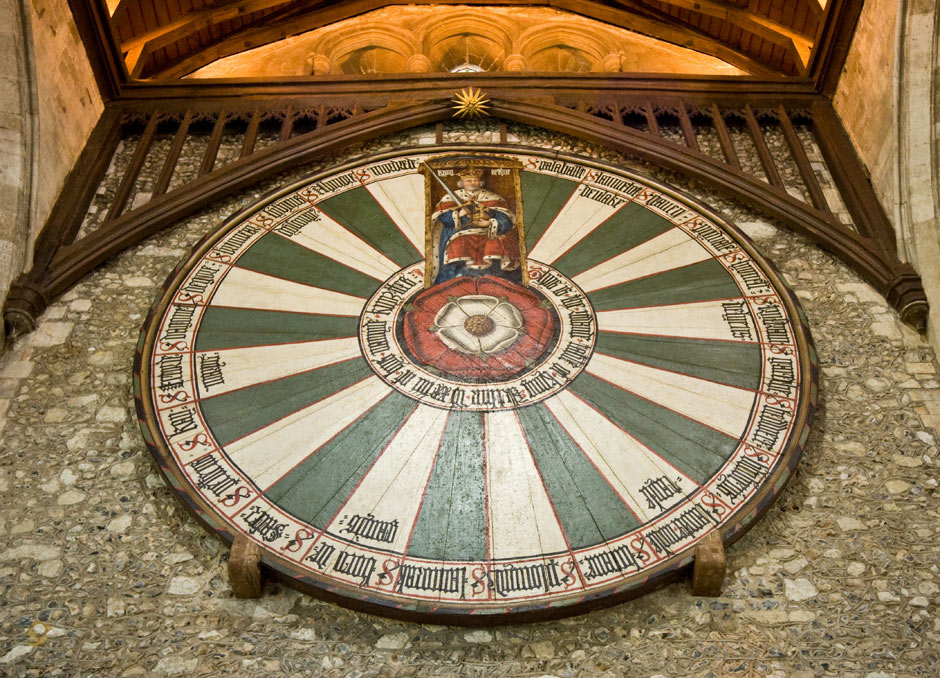 The Round Table of King Arthur and the 13 Knights
The Round Table of King Arthur and the 13 Knights
This emblematic Rose of the Umbrians was not only a very important symbol for the Umbri, it also plays a center role in religion, and is a major focus in the mysteries of the various secret societies that still operate to this very day.
In England there still hangs on a courthouse wall, the Round Table of King Arthur. In the very center of the table is a beautiful rose painted in natural colors. This symbol is that of the Rosicrucians, the ancient alchemists, and there is a direct connection between the legend of the British King and the ancient philosophers of fire. – Manly P. Hall

Moe is the founder of GnosticWarrior.com. He is a father, husband, author, martial arts black belt, and an expert in Gnosticism, the occult, and esotericism.



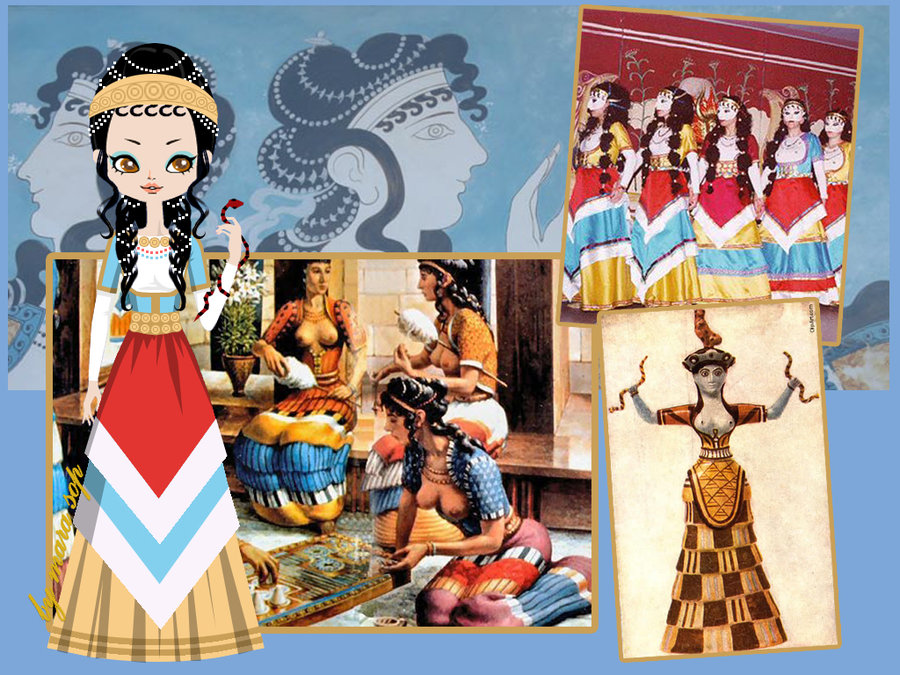


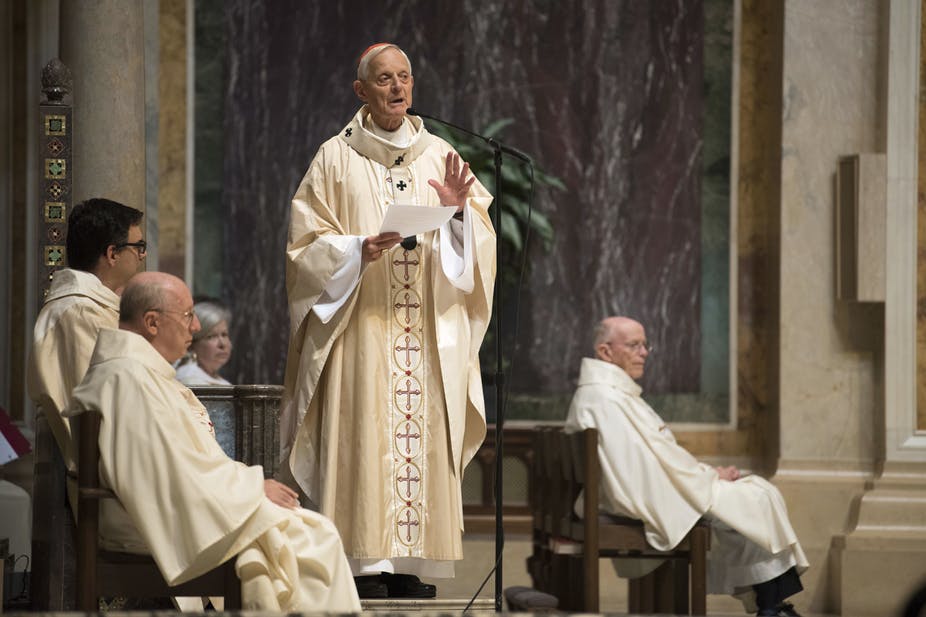
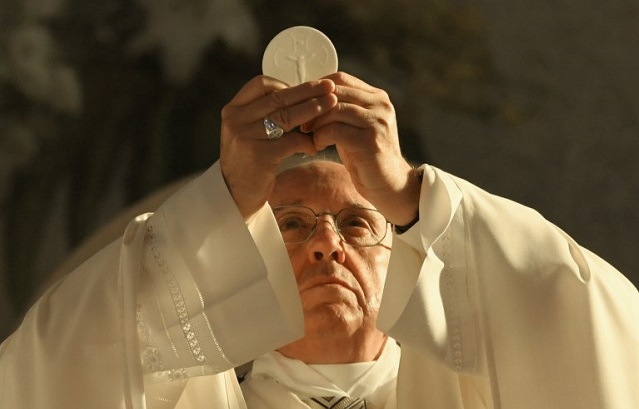

thank you my friend for the hours of enlightenment awesome moe
My pleasure Walter and I sincerely appreciate your kind comment.